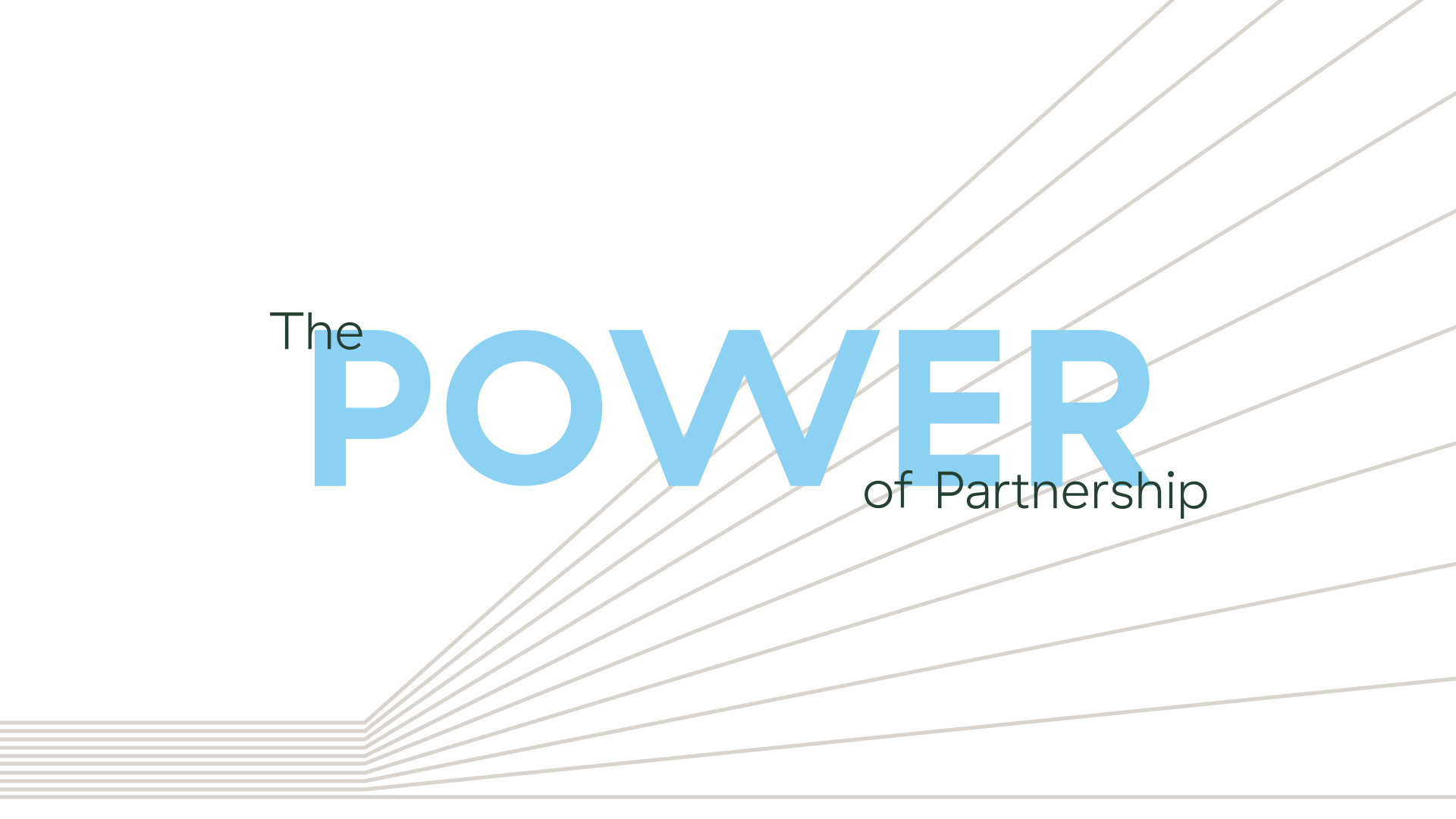Helping Your Clients Plan for the Sunset of the TCJA

Many of the major tax law changes introduced by 2017's Tax Cuts and Jobs Act (TCJA) will sunset (or expire) in 2025, reverting to the rules that existed before the act was signed into law. But herein lies a planning conundrum: no one can know what the political landscape will be like then, whether the sunset of the TCJA will actually occur, or whether an entirely different set of laws may be enacted. As a financial advisor, where do you begin when putting together a planning strategy?
An essential starting point is a detailed understanding of the key tax code provisions headed for expiration. These include:
Estate and gift tax exemption
Tax rate modifications
Qualified business interest deduction
Alternative minimum tax rates
Estate and Gift Tax Exemption
Perhaps the one change that could create the most heat is the rollback of the estate and gift tax exemption.
Today, the exemption is at its highest level: $13.61 million per person.
On January 1, 2026, it is scheduled to revert to its pre-TCJA level: $5 million, adjusted for inflation.
For clients (both individuals and families) with estates of considerable value, you may want to explore options for gifting assets from the estate while the exemption is still at this unprecedently high level.
Download Now: 5 Steps to Providing Flexible Estate Planning Strategies [Get Your Copy]
Sunset Strategies
Gift assets now. The IRS has stated there will be no clawback rule for outright gifts made before the sunset of the TCJA. In other words, as long as the gifts are made before the sunset and were not taxable at the time of the gift, then clients will never be taxed on them, even if the exemption amount is lower upon their death.
This means an individual (or a married couple) can avoid taxation on any assets gifted that are in excess of any future reduced exemption amount while also permitting the assets to grow outside of the estate from thereon in.
Here's an example to illustrate this point:
Let's say an individual makes a gift of $10.46 million today.
Then, the estate tax exemption sunsets, resulting in a new exemption amount of $6.46 million (the estimated inflation-adjusted amount) in 2026.
With the no-clawback rule in place, the $4 million in excess of the new exemption (and the growth thereafter) would escape estate taxation.
Now, there are a couple of caveats to consider before using this strategy. First, it's applicable only to clients with substantial wealth. A gift of $5 million today would yield no additional estate tax relief than the same gift made in 2026 after sunset. Why? Because that $5 million gift is less than the assumed future exemption amount. The client would still have $1.46 million left to give away after sunset, so there would be no additional benefit to them if they gifted the money now or later. But gifts above the future exemption amount (but under the current one)? Those are in the sweet spot where individuals can realize real value.
Second, although there will be no clawback, your clients shouldn't rush to make large gifts to family members or irrevocable trusts—or they might get burned. By making gifts in excess of the annual gift tax exclusion, the donor loses substantial control, and those assets become ineligible for a step-up in basis. This could result in a significant capital gains tax liability for beneficiaries. And if the estate tax exemption never returns to a level that would make the donor's estate taxable at death, the donor would have created a tax liability by gifting without any appreciable benefit.
Perform critical document review. When assessing the options for how to plan effectively for the sunset of the TCJA, seeing your client's complete financial picture can be invaluable. Performing a critical document review (e.g., trusts, powers of attorney, last will and testament) is a tried-and-true strategy for catching potential problems before they become actual ones. For many advisors, having the right firm partner can make all the difference.
Commonwealth's Advanced Planning team includes experienced estate planners and elder law attorneys who are uniquely positioned to provide objective analysis and a summary of these critical documents. Armed with their insights, advisors can feel confident heading into planning discussions with clients and their attorneys. Hear what advisor Vance Barse has to say about this value-add service:

Tax Rate Modifications
Along with the estate and gift tax exemption amount, individual tax rates are on tap to revert to pre-TCJA levels. As a result, individuals and married couples will pay taxes at higher rates with lower income thresholds. So, it could make sense for some clients to incur taxes at today's lower rates.
Sunset Strategies
Complete a Roth IRA conversion. A Roth IRA conversion involves transferring money from a traditional IRA or 401(k) into a new or existing Roth IRA. Clients will likely need to pay ordinary income tax on any pretax dollars and converted investment gains. The trade-off is less assumed tax liability now and tax-free income later in retirement. And with three years until sunset, individuals and couples have a runway to complete multiple annual Roth conversions—potentially saving thousands in future taxes.
But there's more! The benefit of a Roth conversion is further bolstered by the change to the distribution period for inheritors of retirement accounts. Most beneficiaries now have 10 years to deplete the account, and it's far more advantageous to have a compressed time frame for withdrawing money tax-free from an inherited Roth IRA than from a tax-deferred inherited traditional IRA.
Make cash contributions to charity. Under the TCJA, the deduction for cash contributions to charity increased from 50 percent of adjusted gross income (AGI) to 60 percent for taxpayers who itemize. At sunset, the threshold will revert to 50 percent of AGI.
Clients could potentially limit the tax impact of a Roth conversion by making a large cash contribution to a charity (or a donor-advised fund) in the same year.
Qualified Business Interest Deduction
The TCJA rolled out a brand-new tax deduction known as the qualified business interest (QBI) deduction. It permits certain pass-through entities (e.g., S corporations, LLCs) to deduct up to 20 percent of their business income, although it is subject to certain limits and income thresholds. And it, too, will sunset at the end of 2025.
Sunset Strategy
Change entity type. While the QBI deduction won't be available, the corporate tax rate that was reduced as part of the TCJA will not sunset, remaining at 21 percent. So, you may want to help your business owner clients explore the prospect of changing their business entity structure from a pass-through entity to a C-corp.
To start, you'll want to determine the benefit the business owner received through the QBI deduction. Will the loss of that deduction, coupled with higher individual tax rates, support a change?
Keep in mind that C-corps are subject to double taxation (at the corporate level and then at the individual level when a distribution is made). Plus, changing entity structure is a somewhat drastic maneuver that can be costly and complex. It must be comprehensively analyzed in careful coordination with other professionals (e.g., CPAs and attorneys) to ensure that it is a prudent path to take and the change is formalized in compliance with the law.
Alternative Minimum Tax Rates
Two calculations happen behind the scenes when completing a tax return: the traditional income tax liability and the alternative minimum tax (AMT) liability. The amounts are compared, and the taxpayer pays whichever is higher.
Although the AMT tax rate can be lower than the individual rate (it's a flat 26 percent or 28 percent), it's calculated by removing many of the typical income tax deductions (e.g., state, local, and property taxes) individuals rely on, so it can result in a higher tax liability.
The TCJA significantly reduced the number of taxpayers subject to the AMT by increasing the AMT exemption amount (i.e., the threshold at which a taxpayer is subject to the AMT). But this exemption amount will return to pre-TCJA levels in the event of sunset. This would mean a large number of taxpayers previously paying their income tax liability under the traditional tax structure will now pay according to AMT rates.
Sunset Strategy
Exercise ISOs. Generally, an individual can exercise incentive stock options (ISOs) but won't have to pay taxes on the stock received until they sell it. The AMT calculation, however, considers this as income to the taxpayer in the year of exercise.
Accordingly, if the AMT exemption is reduced as a result of the sunset of the TCJA, those exercising ISOs will be paying the AMT at a higher rate than those who exercised before sunset and stayed under the exemption.
So, what if your client hopes to avoid a higher tax bill after sunset? It's worth assessing if they have available ISOs to exercise before 2026. But this is a complex decision with many factors (e.g., the trajectory of the stock price). Conducting a comprehensive analysis is important to determine the most sensible exercise strategy.
Don’t Let the Sun Go Down . . .
As you and your clients plan for the changes on the horizon, it's imperative to discuss the unpredictability of Congress and elections. It may be just as likely that provisions will sunset as they will remain the same—or that an entirely different set of tax provisions will be passed instead.
So, before the sun goes down on the TCJA and a strategy is secured, explore all available options to help your clients chart a course to a successful financial plan.

FREE DOWNLOAD
5 Steps to Providing Flexible Estate Planning Strategies
How will you talk to clients about the sunset of the TCJA? Download our estate planning guide for key questions you should be asking.
Commonwealth Financial Network® does not provide legal or tax advice. You should consult a legal or tax professional regarding your individual situation.
This material is for educational purposes only and is not intended to provide specific advice.
Please review our Terms of Use.


